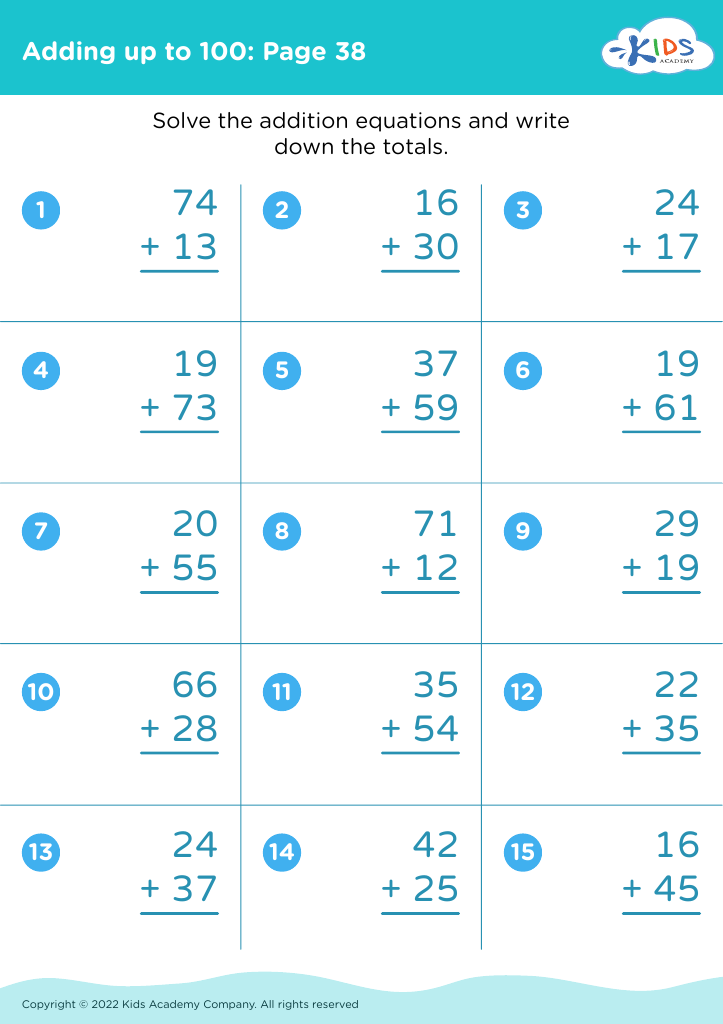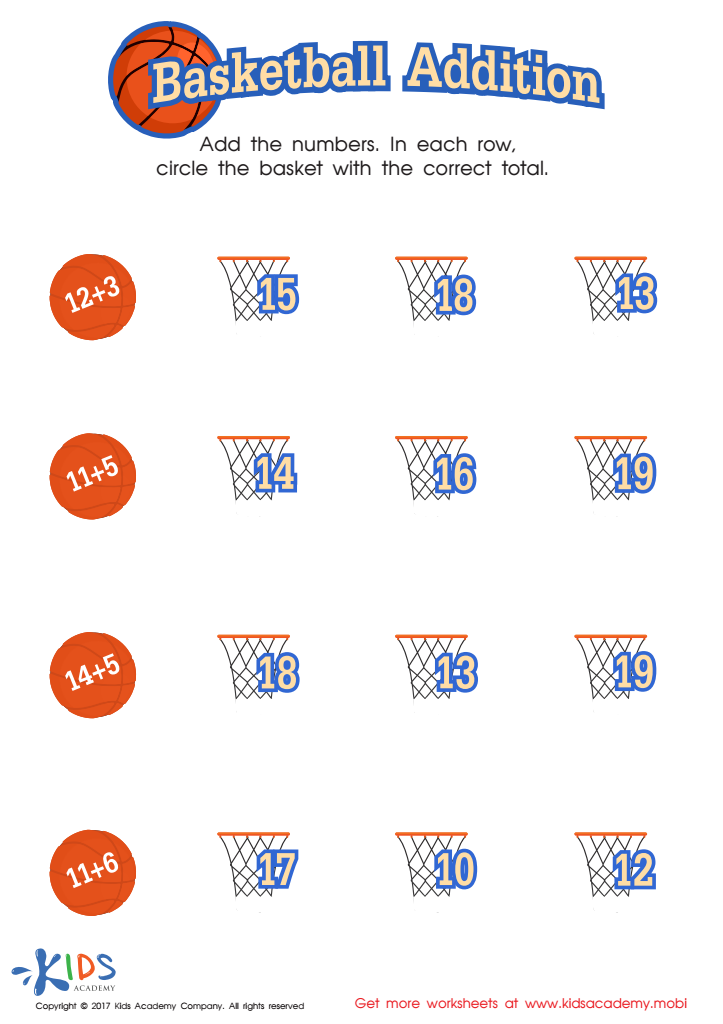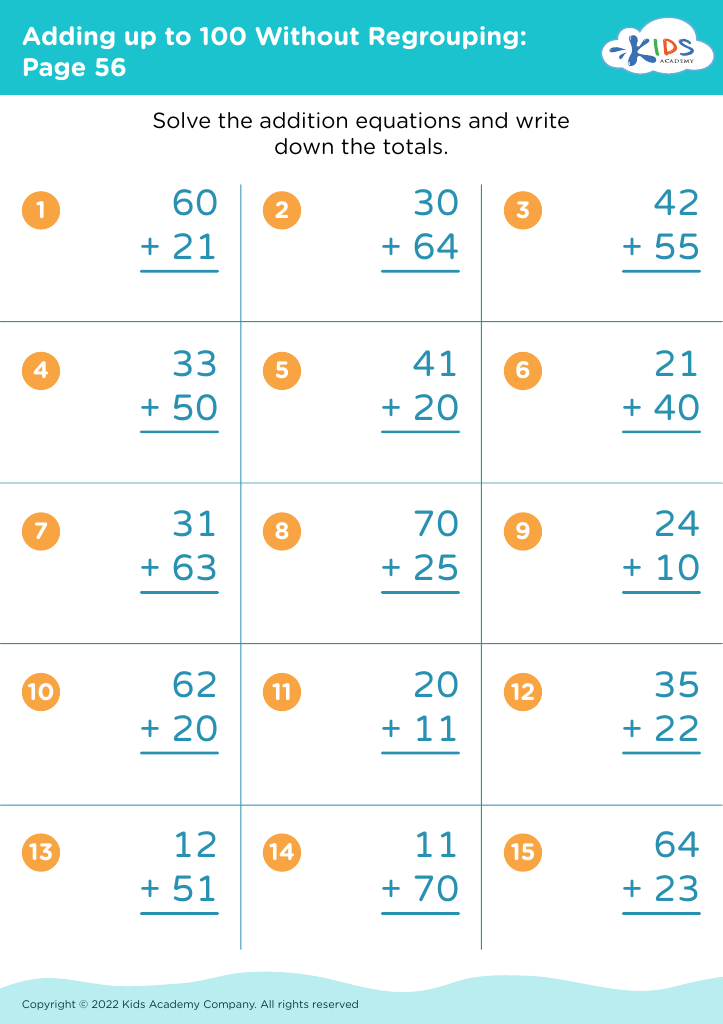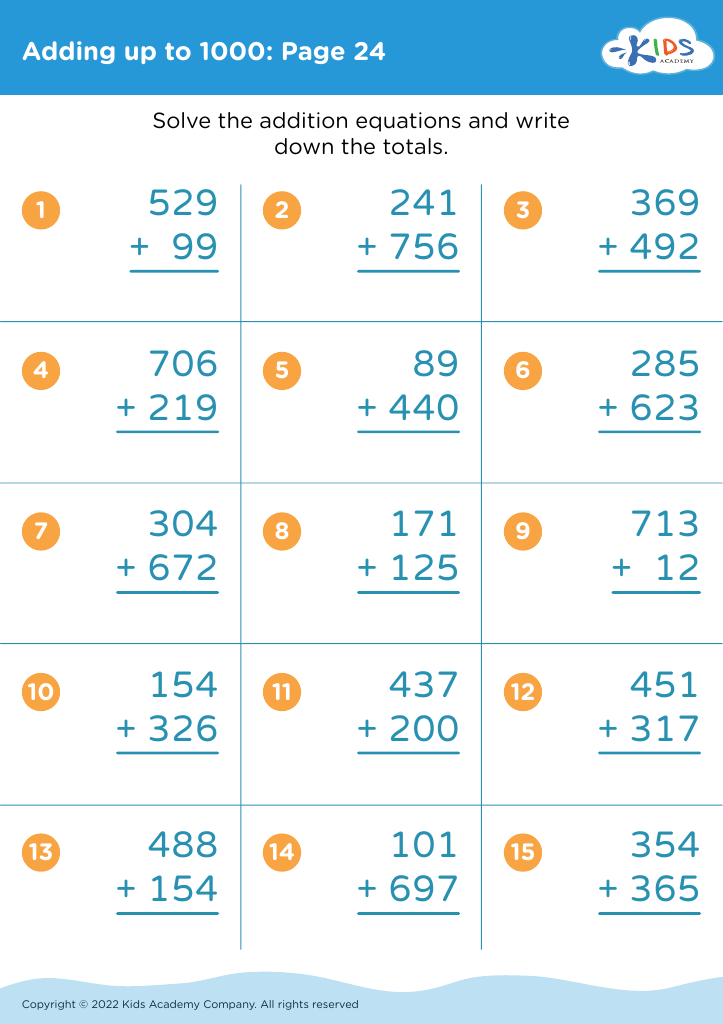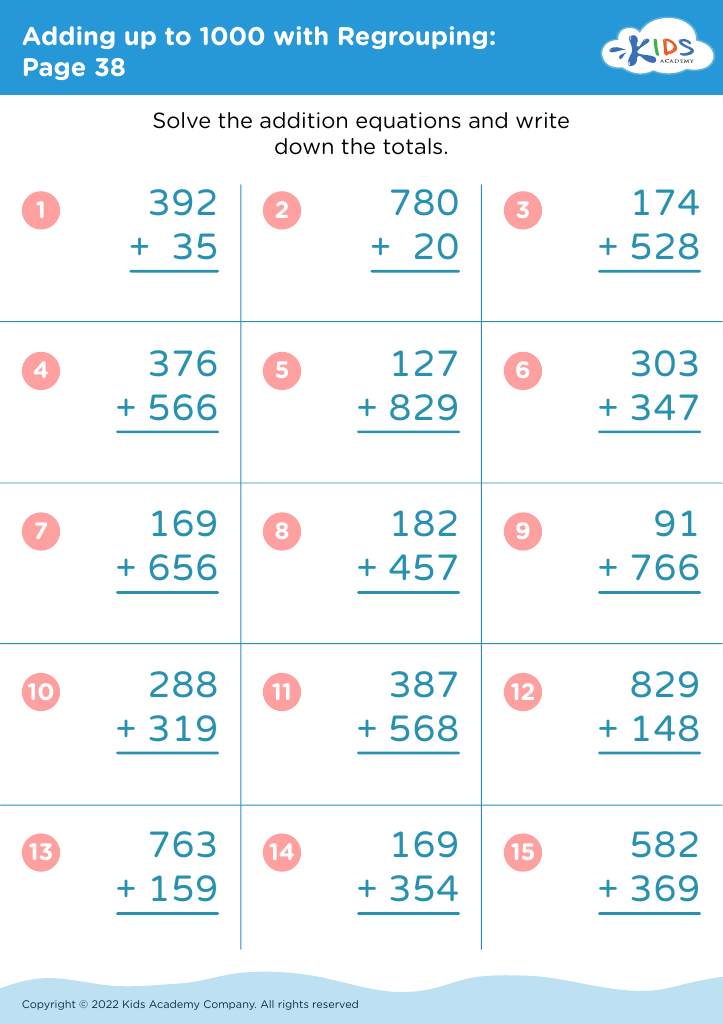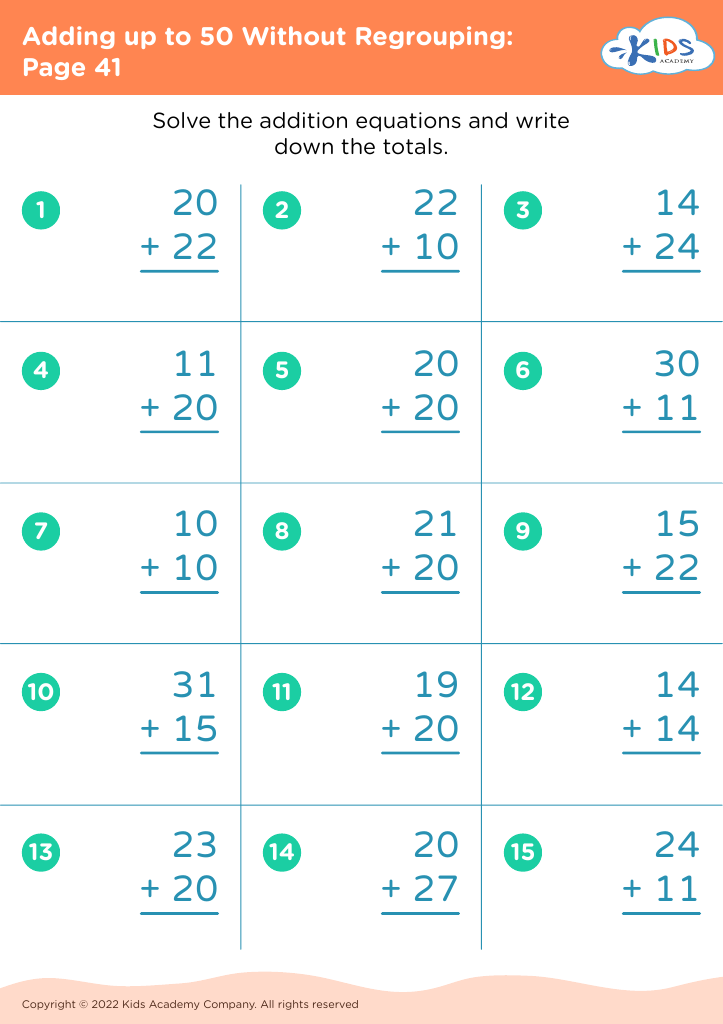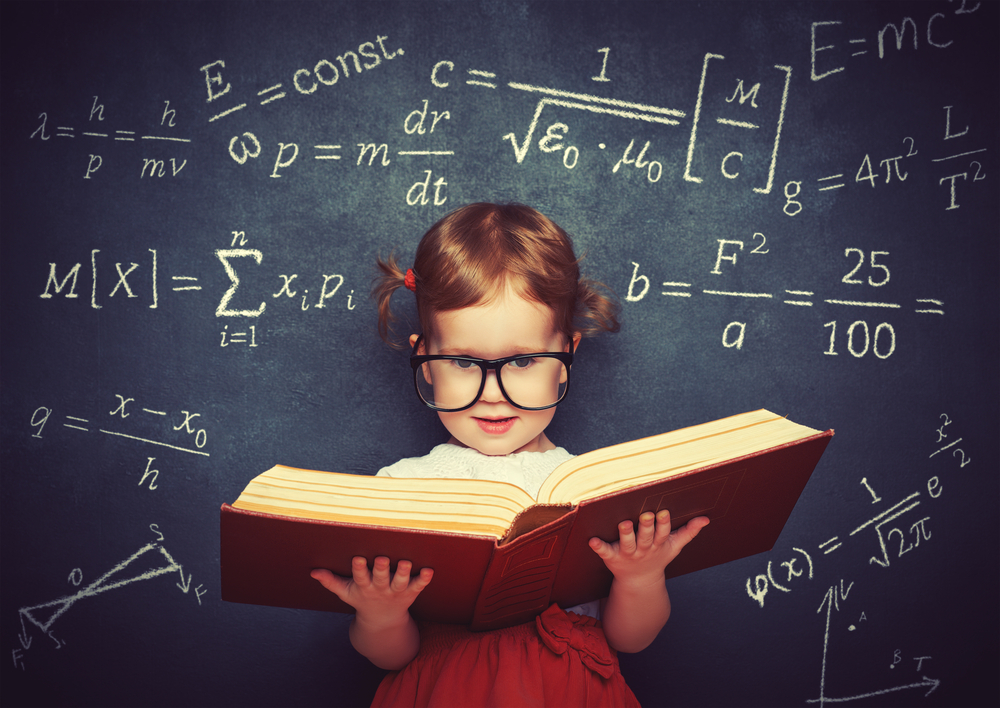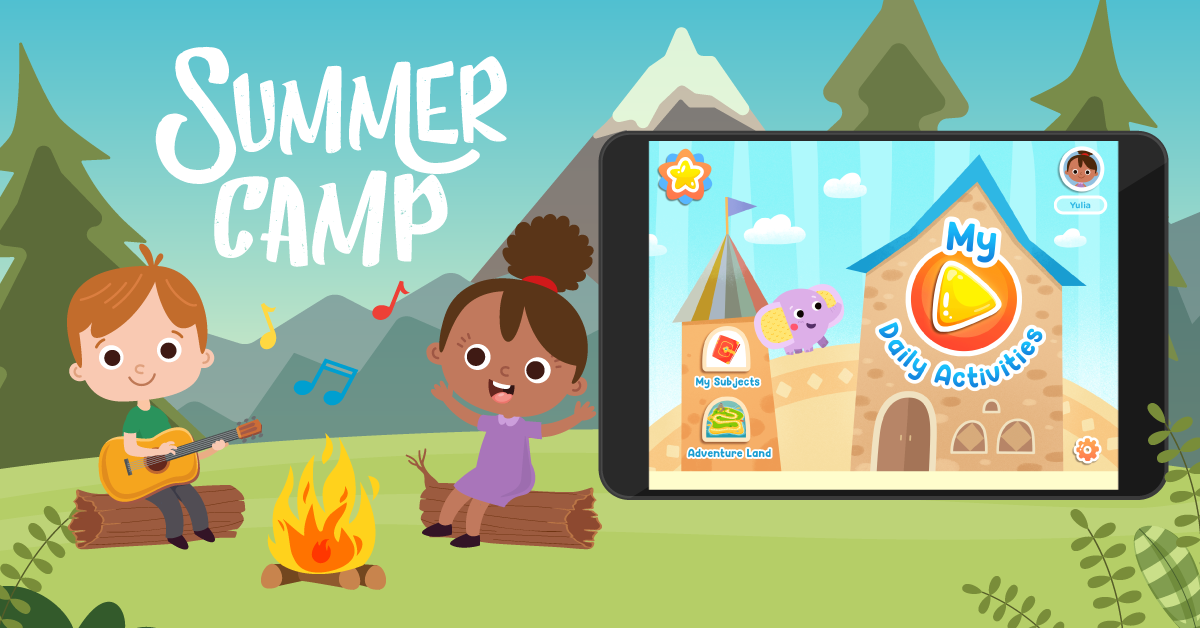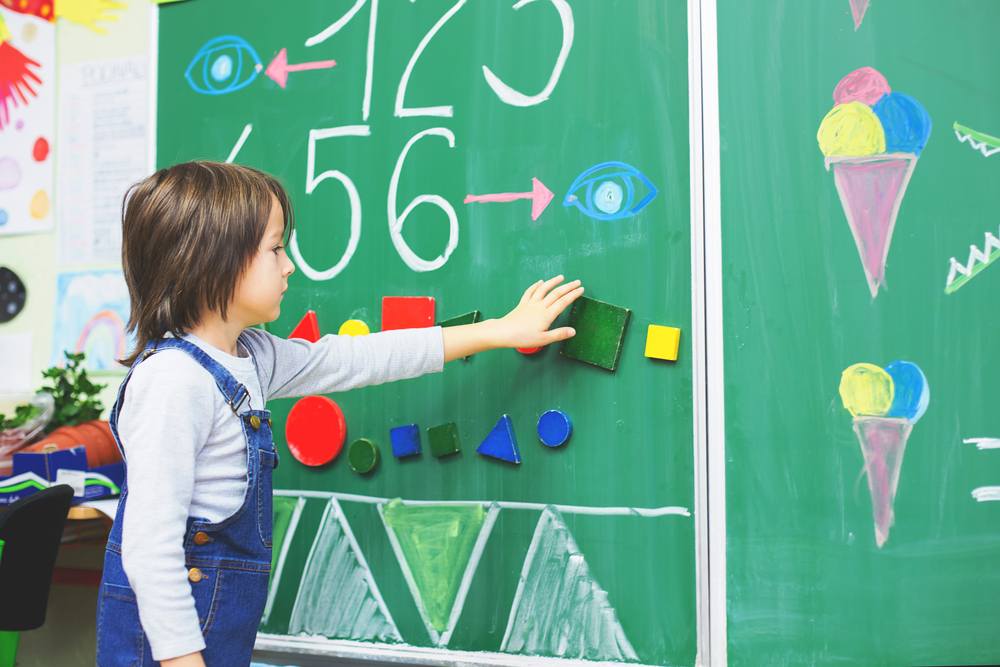Hand-eye Coordination Addition & Subtraction Worksheets for Ages 7-9
11 filtered results
-
From - To
Enhance your child’s math skills and hand-eye coordination with our expertly designed Addition & Subtraction Worksheets for ages 7-9. Each worksheet focuses on helping young learners improve their visual tracking and fine motor skills through engaging and entertaining math activities. Perfectly tailored to promote mathematical proficiency, these worksheets support critical brain development, ensuring your child stays ahead in their educational journey. From fun-filled puzzles to carefully crafted exercises, our resources make learning math enjoyable and effective. Empower your child’s learning today with our unique blend of educational practice and essential skill development! Explore these fantastic tools at Kids Academy now.
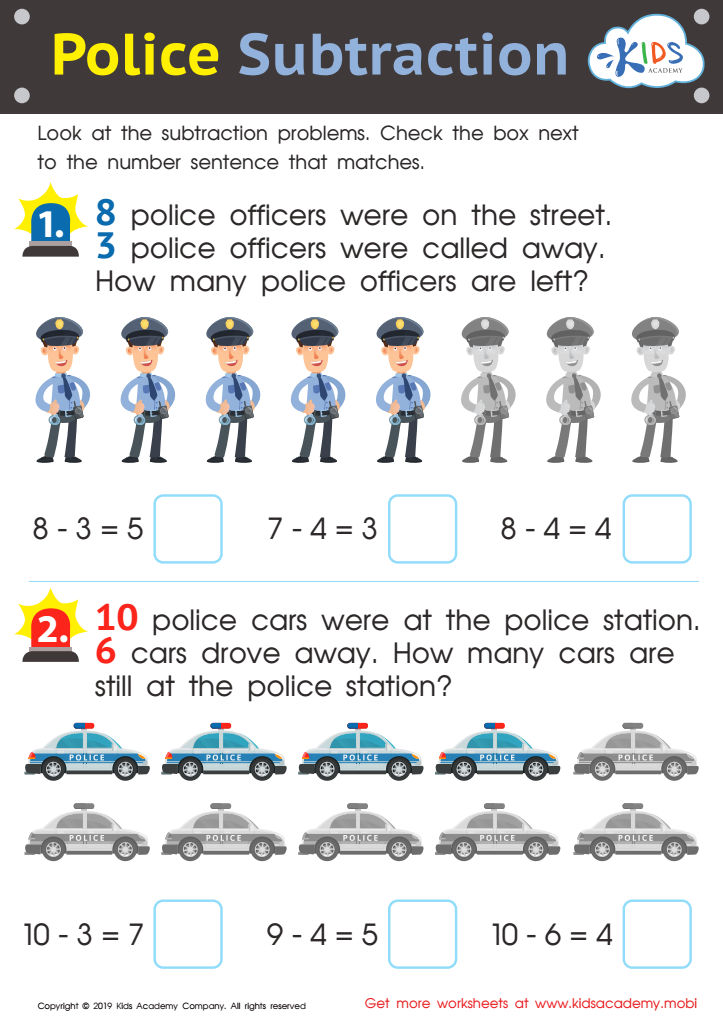

Police Subtraction Worksheet
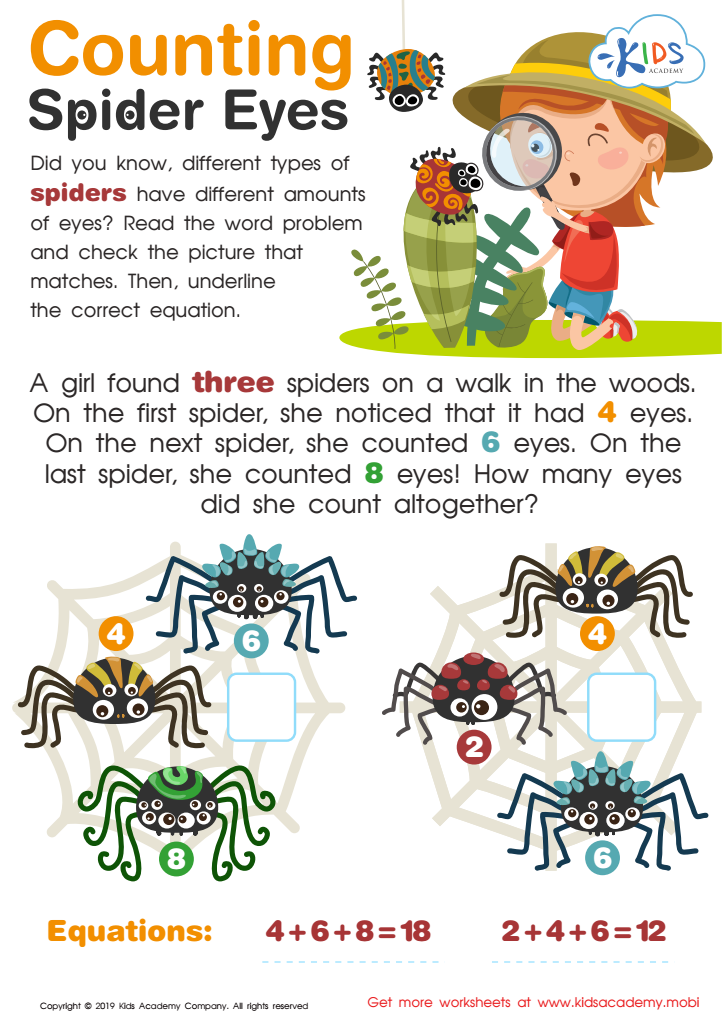

Counting Spider Eyes Worksheet
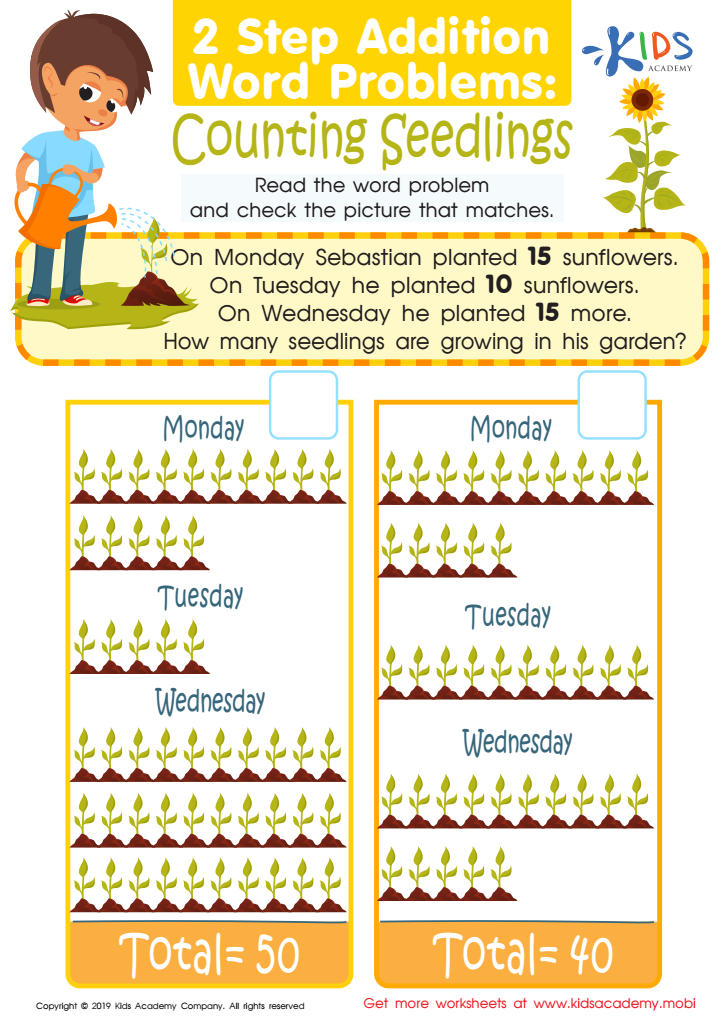

Counting Seedlings Worksheet
Hand-eye coordination is a critical developmental skill that can be significantly enhanced through engaging activities like addition and subtraction for children aged 7-9. This skill involves the synchronous use of the eyes and hands, which doesn't just help children in sports or physical play but also supports cognitive functions such as spatial awareness and problem-solving.
Parents and teachers should care about hand-eye coordination because it directly impacts a student's ability to perform daily tasks and succeed academically. Math activities that blend physical movement and thinking, like using manipulatives or interactive games for addition and subtraction, require students to process visual information and respond with precise physical action. This practice sharpens neurological connections, enhancing both concentration and fine motor skills.
Furthermore, promoting these skills in early grades can instill a love for learning and improve self-confidence. Children become better at writing, drawing, and even using technological tools – all of which are essential in the modern educational environment. By integrating hand-eye coordination exercises into math lessons, we provide an inclusive and effective approach to learning that benefits both neurotypical students and those with learning difficulties. This preparation is crucial for their future academic endeavors and overall development.
 Assign to My Students
Assign to My Students

